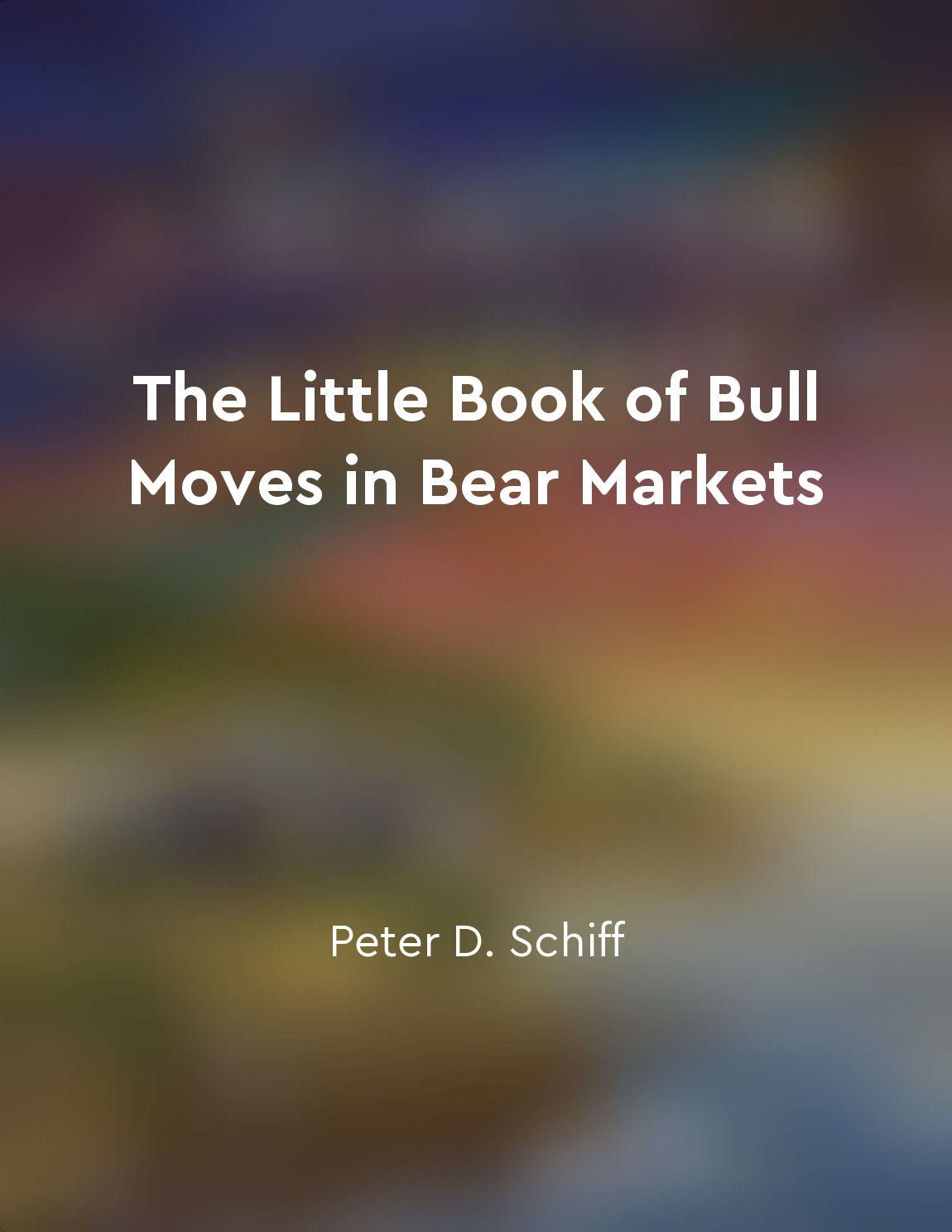The transmission mechanism of monetary policy is complex from "summary" of The Economics of Money, Banking and Financial Markets, eBook, Global Edition by Frederic S. Mishkin
The transmission mechanism of monetary policy involves a series of steps that affect various sectors of the economy. When the central bank changes its target for the federal funds rate, this action affects short-term interest rates, which in turn influence long-term interest rates through expectations about future short-term rates. Changes in interest rates influence household and business spending decisions by altering the costs of borrowing and the returns to saving and investment. Monetary policy also affects asset prices, such as stock prices and exchange rates, which can have further effects on spending decisions. For example, a decrease in interest rates may lead to higher stock prices, which can increase household wealth and boost consumer spending. Changes in exchange rates can affect exports and imports, which in turn impact aggregate demand. Moreover, monetary policy influences financial intermediaries, such as banks and other institutions, by altering their borrowing costs and profitability. Banks may adjust their lending standards and the availability of credit in response to changes in monetary policy. These changes in financial conditions can have significant effects on the overall economy by influencing the flow of credit to households and businesses. Additionally, changes in monetary policy can affect expectations about future economic conditions, which can further influence spending decisions. For example, if the central bank raises interest rates to combat inflation, households and businesses may anticipate slower economic growth and adjust their spending accordingly. Expectations play a crucial role in the transmission of monetary policy and can amplify or dampen the effects of policy actions on the economy.- The transmission mechanism of monetary policy is complex due to the interconnected nature of the economy and the various channels through which policy actions affect economic outcomes. Understanding these channels and how they interact is essential for policymakers to effectively achieve their goals of price stability, maximum employment, and economic growth.
Similar Posts
Consumer surplus measures consumer benefit
Consumer surplus is a concept that reflects the benefit consumers receive from purchasing a product or service. It represents t...
Financial markets can amplify debt risks
The relationship between debt and financial markets is a complex one. One key aspect that cannot be overlooked is how financial...
Excessive borrowing amplifies the impact of financial euphoria
The financial world is a place where emotions often run high. When people see others making money, they want to get in on the a...
Avoid making impulsive trading decisions
It is crucial to avoid making impulsive trading decisions when engaging in the stock market. Impulsive decisions are often driv...
Practice patience and avoid impulsive trading
When it comes to trading forex, one of the most important concepts to keep in mind is the need to exercise patience and avoid m...

Specialization increases productivity
Specialization refers to individuals or firms focusing on a specific task or activity, rather than trying to do everything them...

Keep a longterm perspective when investing
When it comes to investing, it is crucial to maintain a long-term perspective. Short-term fluctuations in the market can be mis...

Environmental factors affect business sustainability
Business sustainability is a crucial aspect that all companies need to consider in order to thrive in the long term. One key fa...
Political events can cause currency volatility
Political events have a significant impact on currency volatility. This is because political developments can create uncertaint...

Inflation erodes the value of fiat money
The insidious nature of inflation is perhaps best understood when considering its effect on the value of fiat money. Inflation,...

